Applications of disc springs and belleville springs
Disc spring to quick-action stop valves

The disc spring have an important function on the quick-action stop valves. During the valve goes correctly, the spring stack is compressed. This occurs because of the hydraulic pressure of the system, which acts compressing the stack.
If a failure occurs, such as liquid or gas leakage in the valve, the hydraulic pressure drops releasing the spring. This produces that the disc spring stack moves (decompression) closing the valve, to prevent further complications.
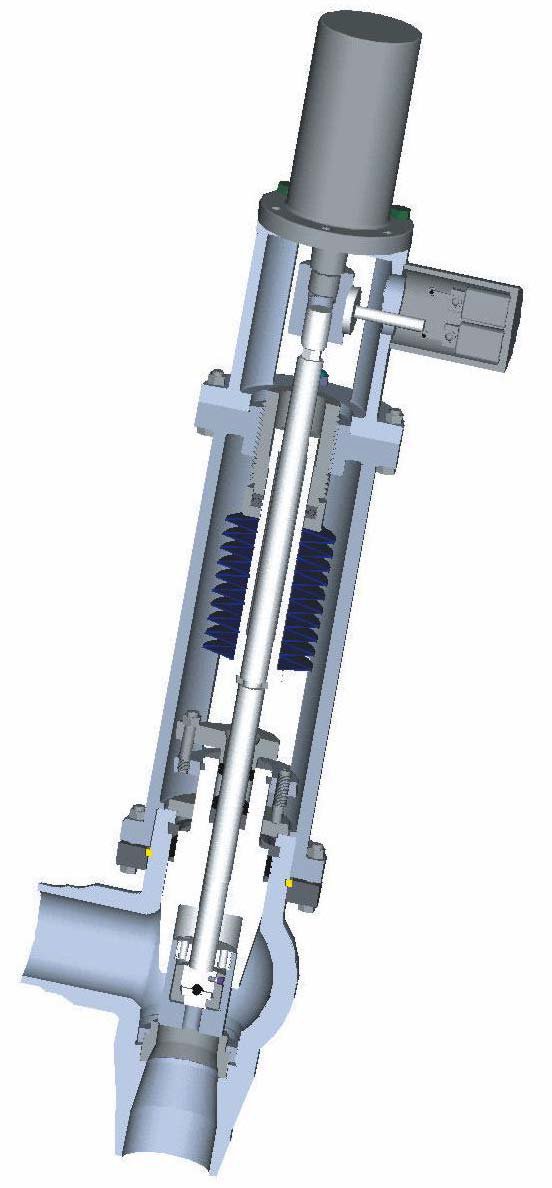
This security system is especially effective. It doesn’t depend of electricity supply or any other type of energy. It is only based on the strength provided by the spring compressed. In this way, it allows to prevent system failures in conditions of electricity supply cut.
At the same time, the spring stack performs a dual function into the valve. These springs keep a constant pressure; therefore they absorb and adjust for the set-loss of gaskets with time. So, they extend the useful valve life reducing required maintenance.
The springs most used in these applications range in external diameters between 4 to 20 inches (100 to 500 mm) and with inside diameters from 1,5 to 5 inches (40, 00 to 125 mm).
This security system for the valves based on the disc springs is commonly used in the chemical industry, power stations, and production facilities.
Disc springs to tool clamping components
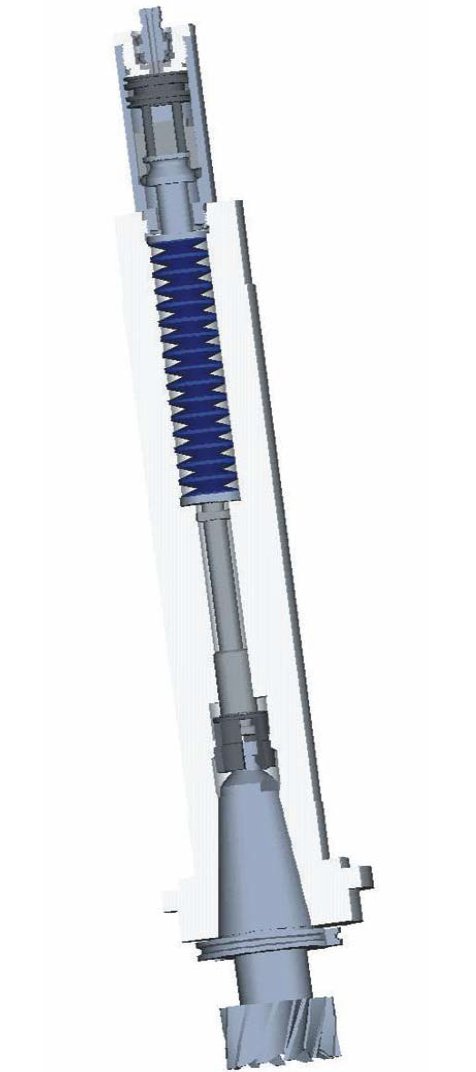
In the machine tool sector the use of disc springs to different aspects is very common. One of the main applications of these springs is acting within the stack securing the tool (bit, drill, milling cutter,…) to the machine top.
This stack has to exert a mooring pressure enough to avoid the accidental tool release, with the risks that it could have. However, It also has to allow the release of the piece in a simple way to the interchange between the different tools required by the task to do.
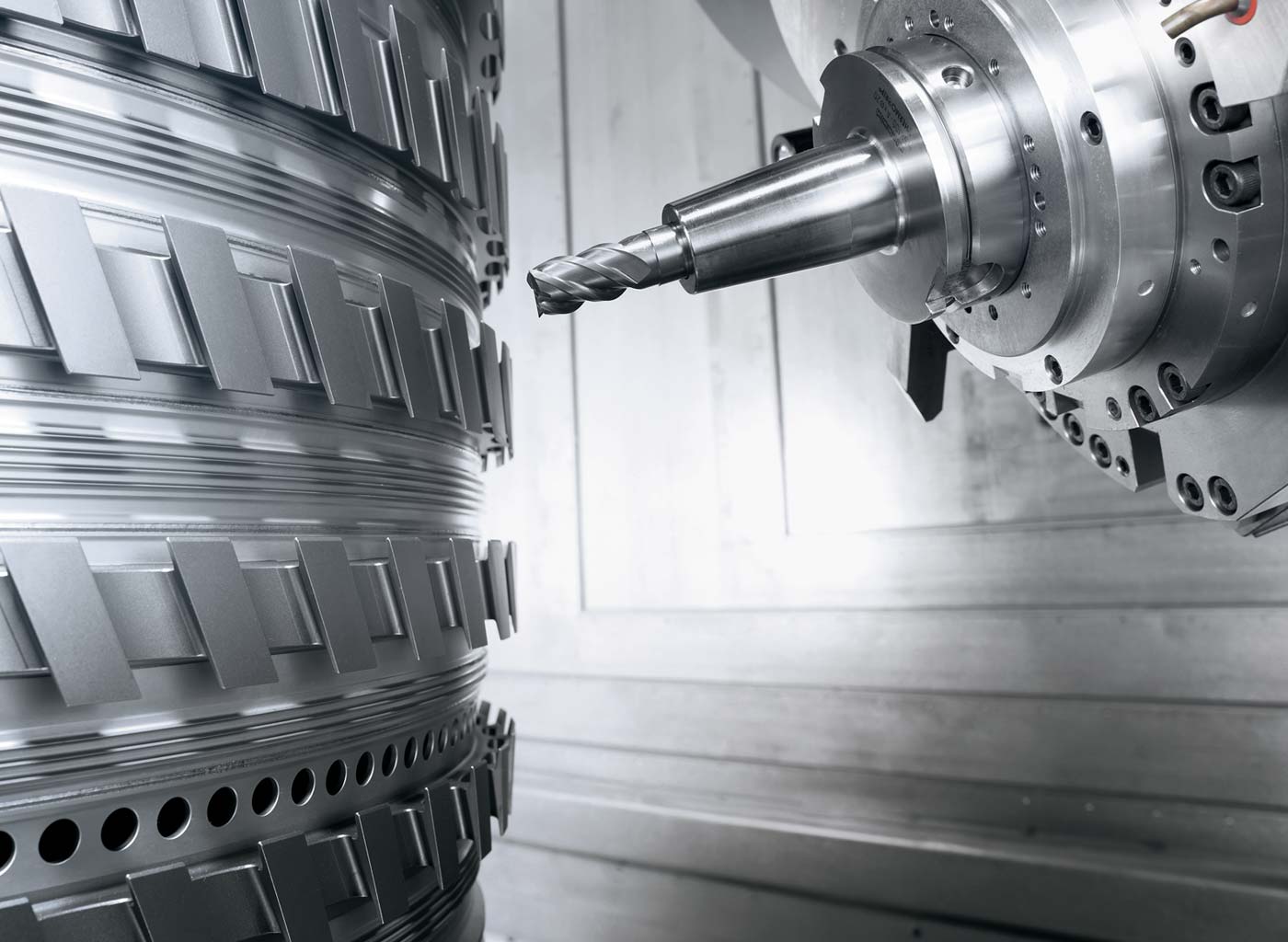
In this application the springs stack will maintain the mooring pressure on the tool, to lock it in a clamped position during the work. To make a change, the tool is released by a hydraulically operated piston, which slides forward over a bolt and clamping tube. As the spring stack is compressed, the collet opens simultaneously. Reduction of hydraulic pressure causes stack unloading and the tool moves into the spindle. The stack of disc springs, with their pressure, locks the tool in a clamped position.
The disc spring dimensions commonly used for this application are externals diameters between 1 to 2,5 inches (28 to 63 mm). However, these dimensions depend on the machine tool manufactures and it can be used other higher dimensions.
Disc spring to cableway grip

In the guidance system of cableway the disc springs help both in a correct subjection of the hanger to the cable, as in the hooked and unhooked of the station to facilitate boarding and disembarking of passengers.
The disc springs stack generates constant clamping force between the cable grip and wire cable to keep them in contact. Moreover, the stack flexibility allows to compensate for deformations of the wire cable, ensuring a safe grip.
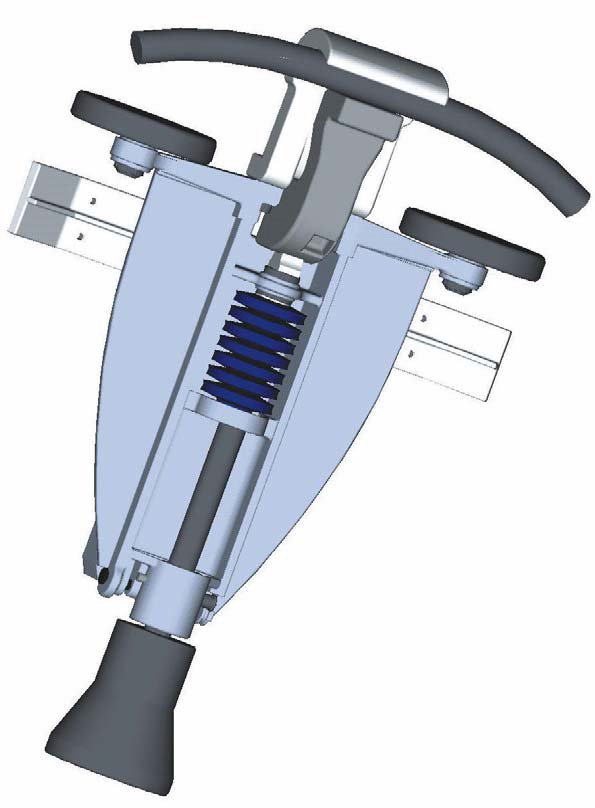
There are two possibilities of clamping:
a) A fixed connection: In this case the disc spring stack is assembled with a fixed length to provide a constant and appropriate load, necessary for the grip of the cableway. The spring application is static. Its key role is to keep strength grip stable and compensate for deformations of the wire cable with the time.
b) A coupling connection: In this case the disc spring stack provides a constant load. But you have to keep in mind that the spring stack must be possible to compress with the object to release or loosen the grip of the hanger to the cable. This allows the cabin to reduce its velocity to the boarding and alighting of passengers during decoupling of the cable on the station. The load is dynamic.
The springs dimensions commonly used are external diameters between 2,75 to 6 inches (70 to 150 mm).
Belleville spring to load adjustment in bolted joints

Bolted joints between studs or bolts and nuts can be weakened with the time by vibrations or thermal expansion effect.
Equally, when these bolted joints are part of a fluids or gas channeling system at determinate pressure, the differences of tension that the system has to bear tend to loosen the joint between nuts and bolts with the time.
The belleville springs inserted in the middle of a bolted joint are totally compressed and the spring exerts a constant force on the bolt head to maintain a continuous tension between pieces preventing the bolt from loosening. Equally, their flexibility compensates thermal or pressure expansions or contractions.
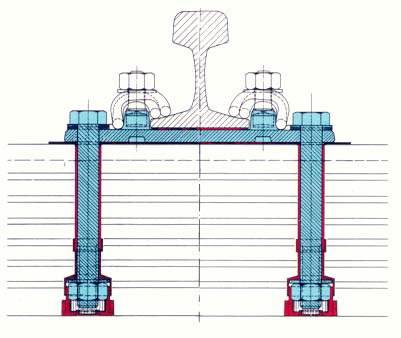
This solution prolongs life of the joint, avoiding preventive maintenance. This is really important in those applications sensitive to suffer these mismatches, as well as in those which their maintenance is difficult to access. An example of this problematic is the manufacturing of rail systems, where the vibrations have an important effect on the joints. Also in petrochemical plants and in general in chemical industry the use of this application is common. The channeling and the liquid and gas storage at a high pressure makes the bolted joints protection especially necessary.
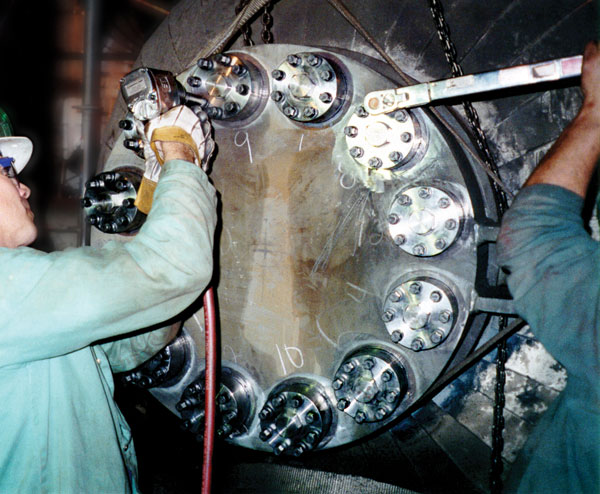 The disc springs DIN 6796 are one of the most common products in this application. This is because, although it's possible to use disc springs, the fact that this application is static, it doesn't make it obligatory. Nevertheless, the product specially designed for these applications are the flange washers. This spring has some geometric characteristics more adequate because it has been designed especially to do this function. On the one hand, their proportion between external and internal diameter (lower difference than belleville spring) allows to use it in locations where the separation between bolted joints is minimum. Equally, they are pieces capable of providing higher loads than belleville springs. Finally, flange washers are manufactured as standard in steel. They are especially prepared to bear temperature and/or corrosion such as it is commonly necessary in this applications.
The disc springs DIN 6796 are one of the most common products in this application. This is because, although it's possible to use disc springs, the fact that this application is static, it doesn't make it obligatory. Nevertheless, the product specially designed for these applications are the flange washers. This spring has some geometric characteristics more adequate because it has been designed especially to do this function. On the one hand, their proportion between external and internal diameter (lower difference than belleville spring) allows to use it in locations where the separation between bolted joints is minimum. Equally, they are pieces capable of providing higher loads than belleville springs. Finally, flange washers are manufactured as standard in steel. They are especially prepared to bear temperature and/or corrosion such as it is commonly necessary in this applications.
Disc Springs for continuous flow boiler
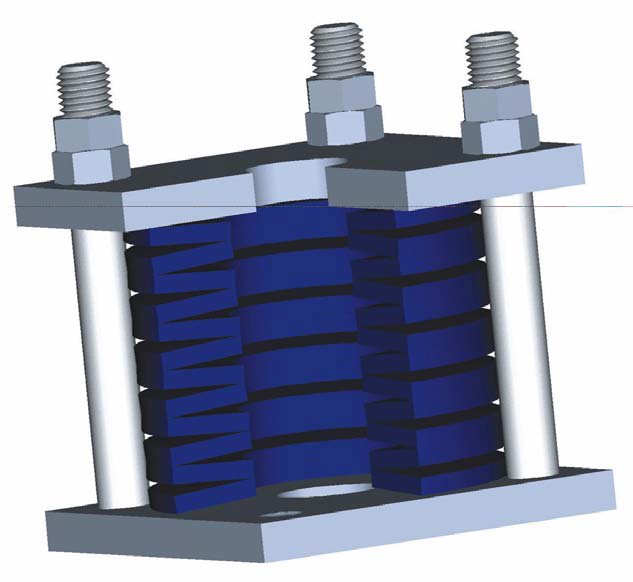
The high temperatures supported by the structures of the continuous flow boilers provoke thermal expansions in the materials. These deflections affect its structure and above this to the supports system of the system. Disc spring stacks are a practical solution for this problematic.
These springs used in the boiler suspension systems, makes the stack necessary flexed to absorb deflections of the bearing surfaces. In this way, this guarantees even movement of the boiler resulting from thermal expansion. Then, we would achieve the system life extension and, we would also reduce the maintenance interventions drastically and the cost which in other case would be inevitable.
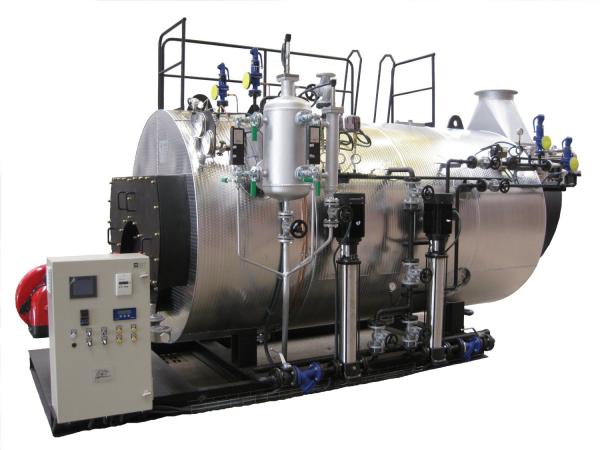
In this application disc springs with external diameter between 150,00 and 400,00 mm are commonly used. The use of steels with resistance properties at high temperatures in disc springs will extend the suspension system life even more.
This application is used in incinerating plants and boiler manufacturers for different uses.
